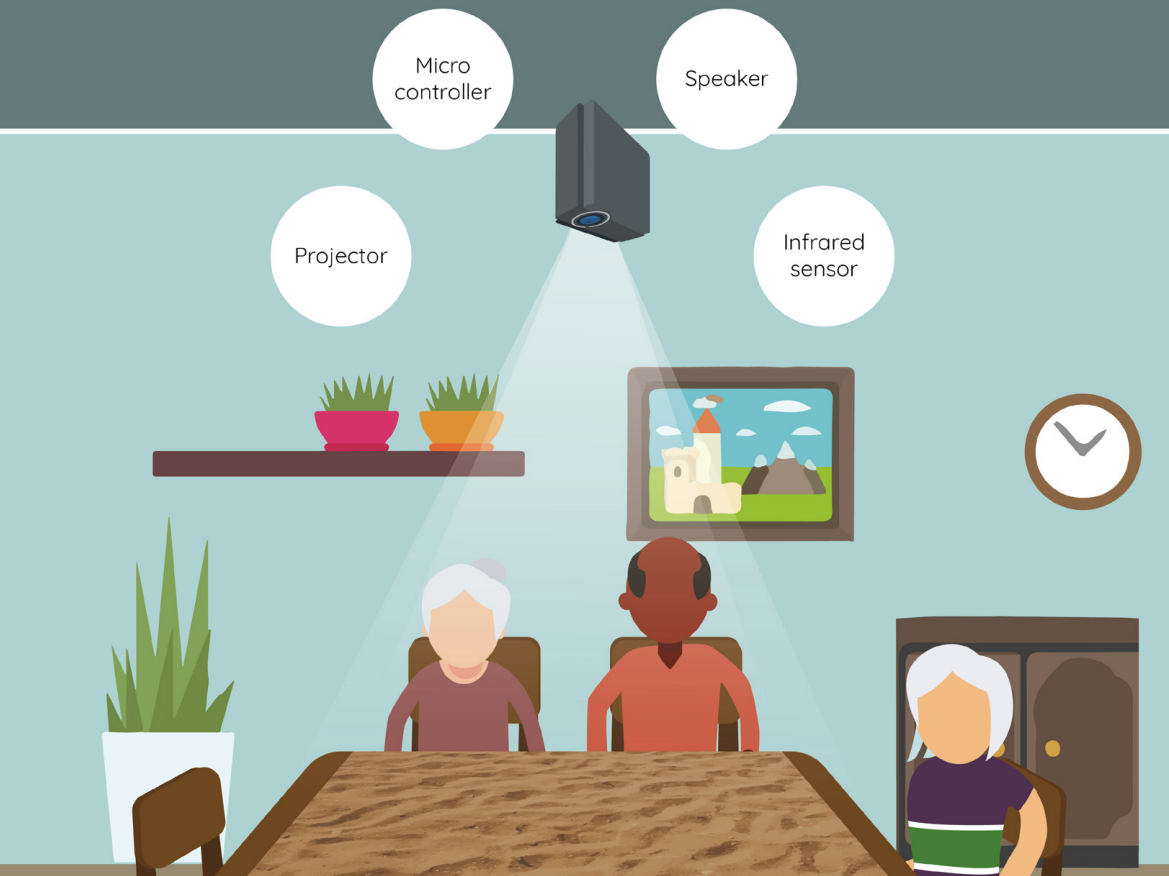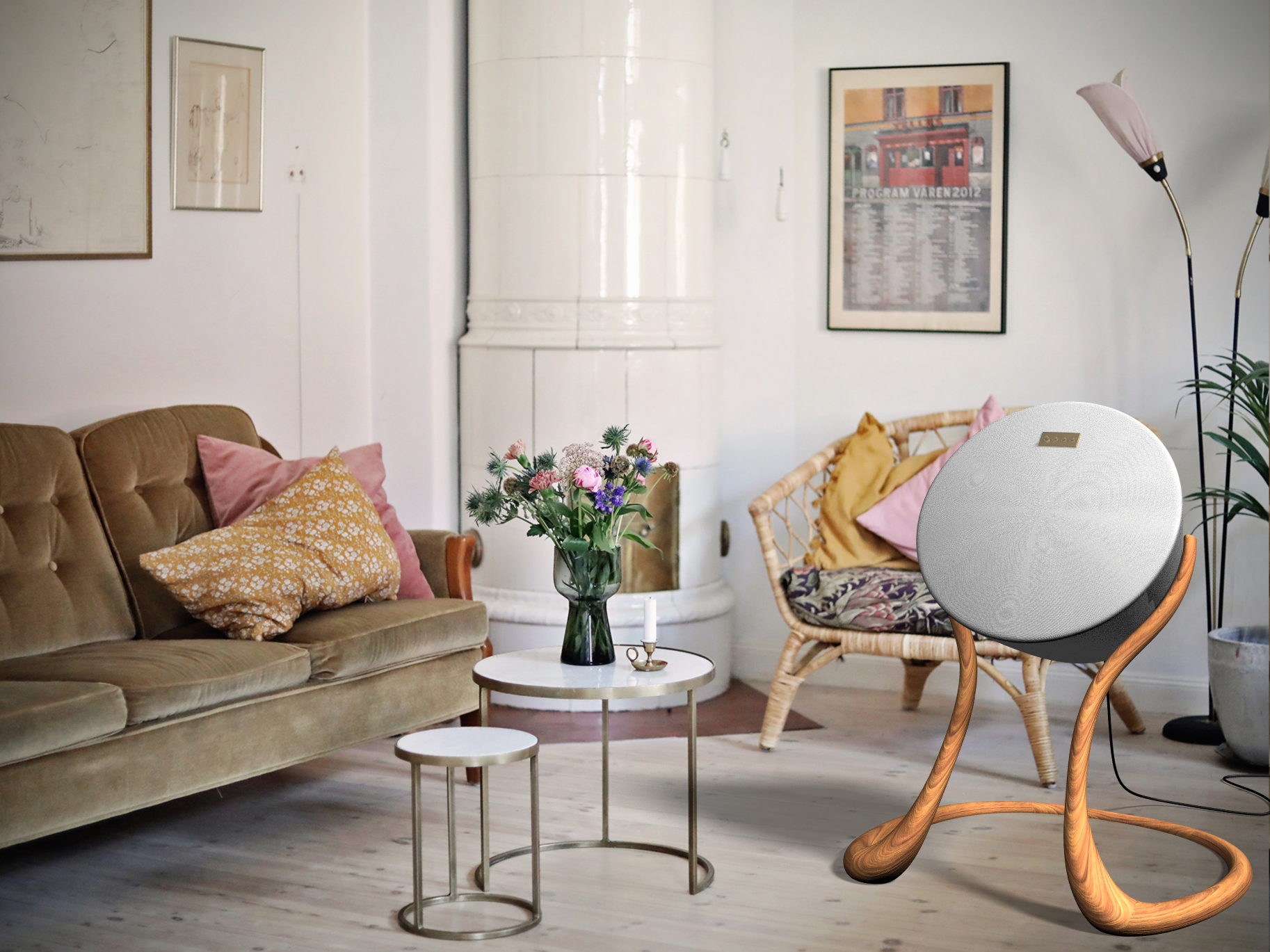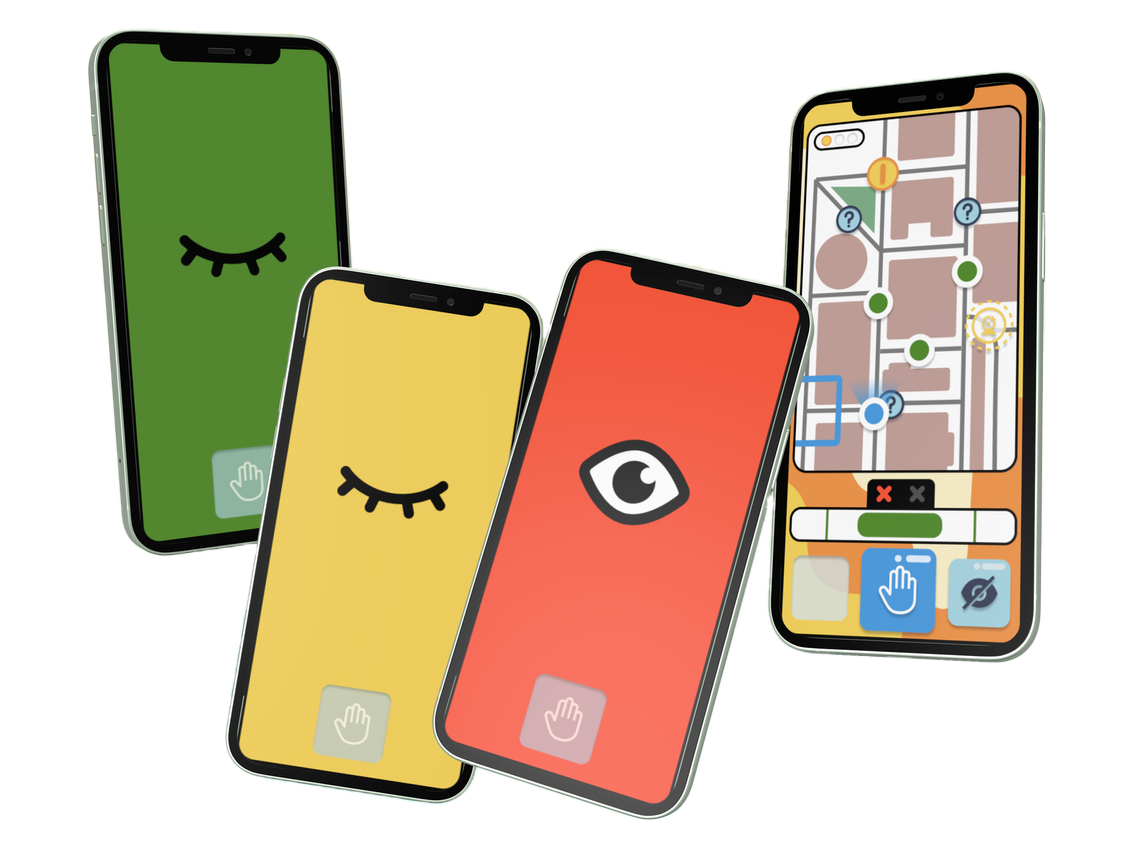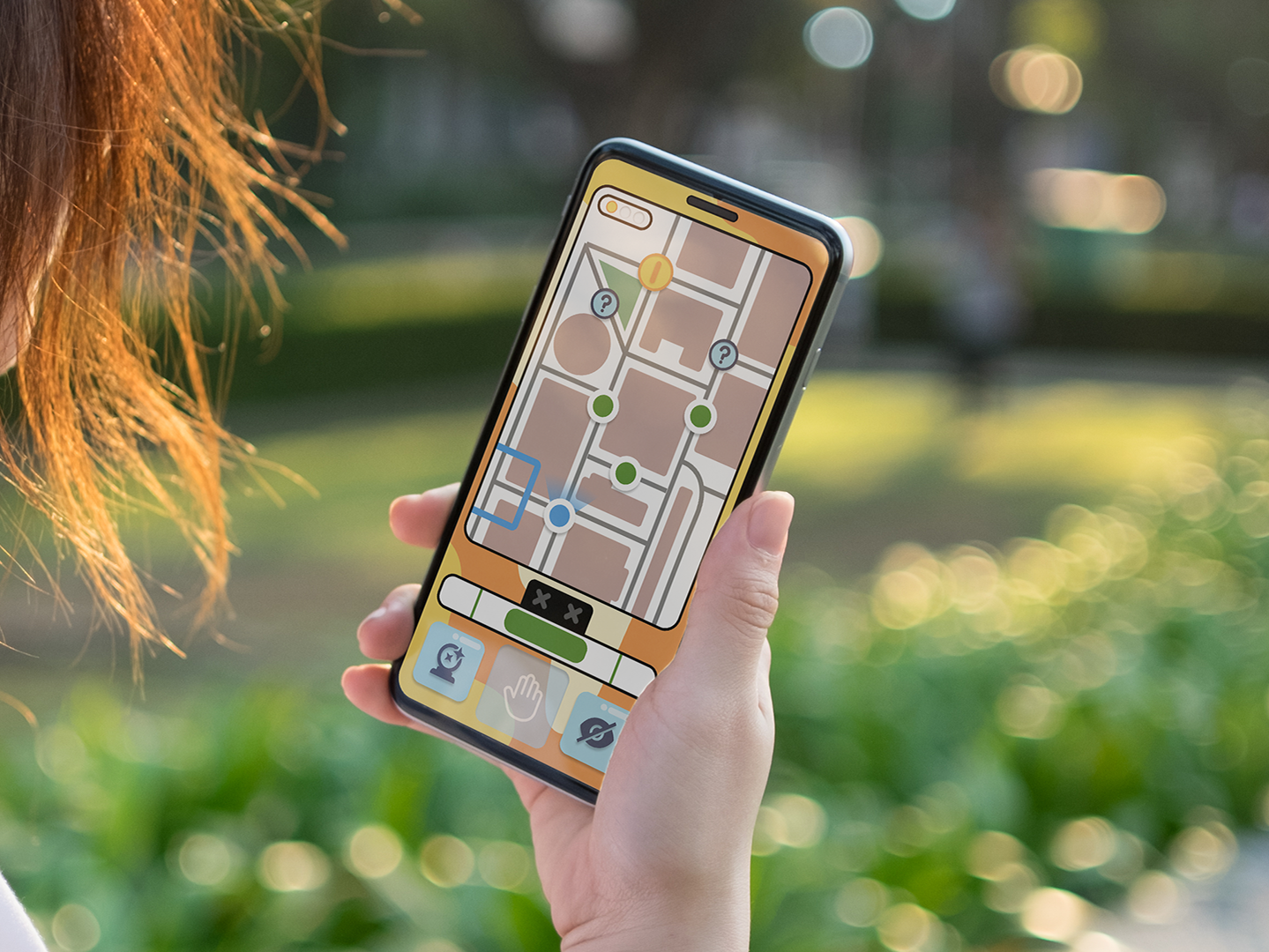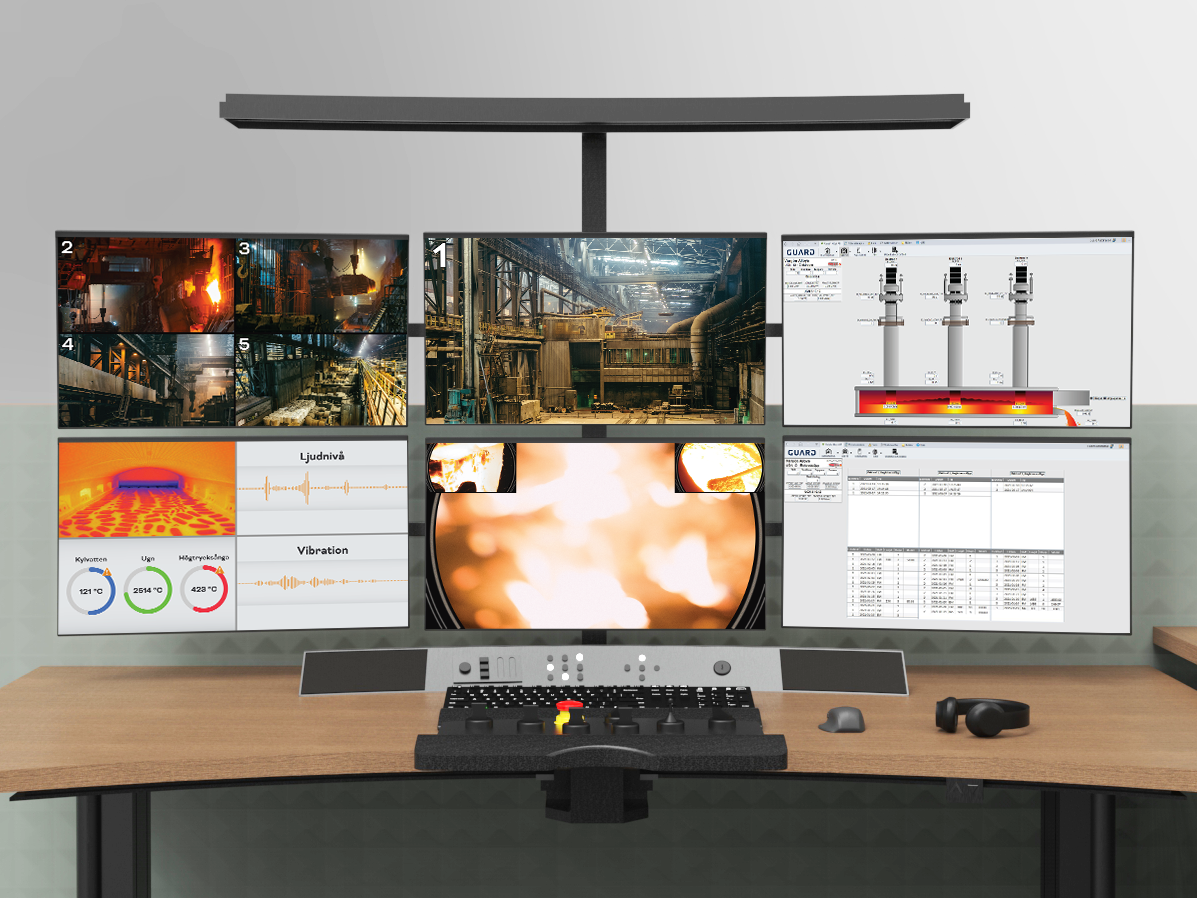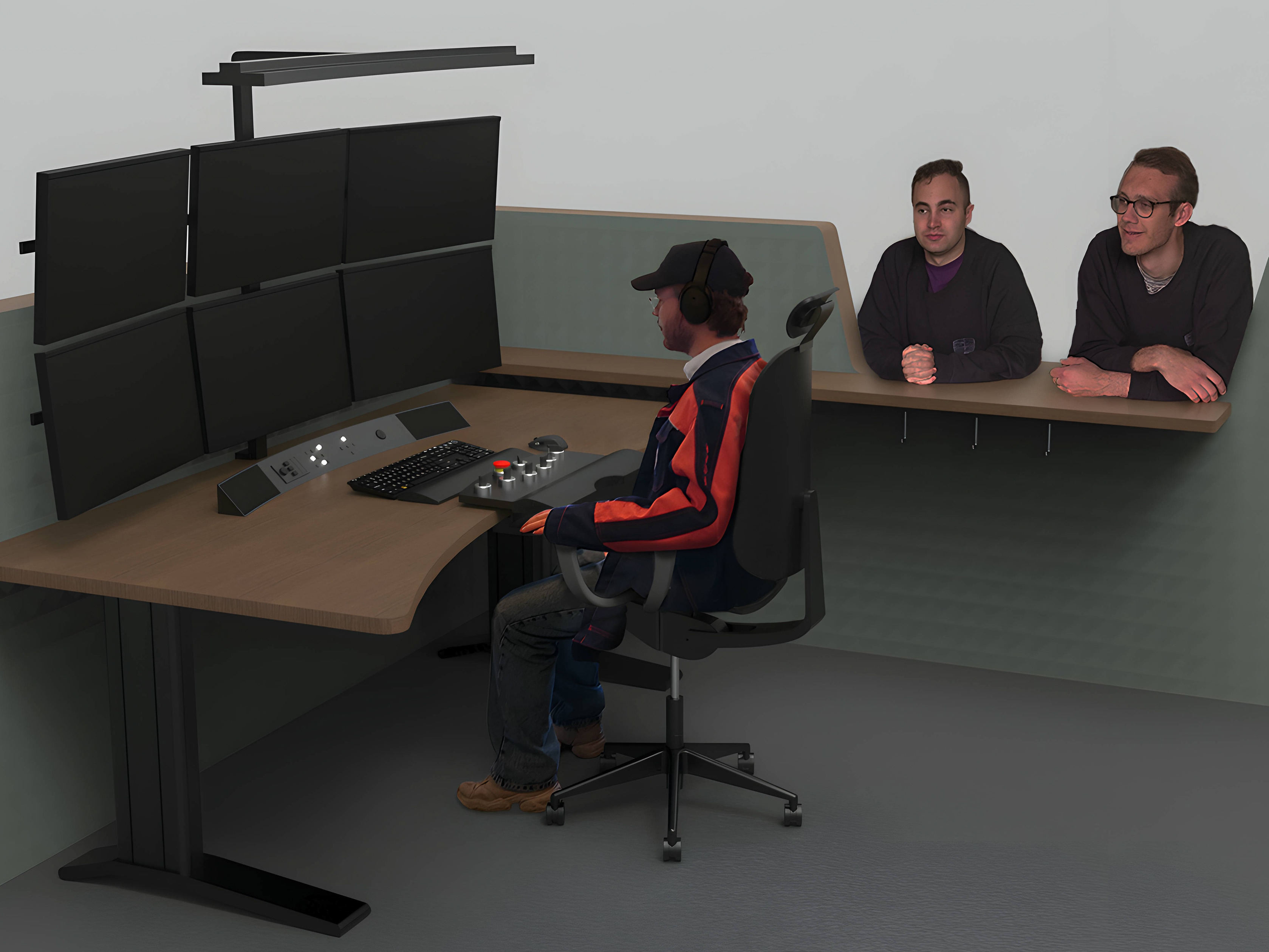Host Complete
Design of a desktop web-based lift monitoring interface. The apartment houses of today include many different kinds of property technology. Within the field, many systems are being digitized and monitored. One of these is the lift (elevator) industry, which this project has been about. While some Lift Companies already provide monitoring systems, many Property Owners feel excluded due to a lack of communication and openness. In this master thesis design project, the lift monitoring system Host Complete was developed to create an open and transparent relationship between the different stakeholders. The final deliverable was the hi-fi intractable prototype created in Figma. Tests and evaluations were done with stakeholders, with positive results in usability, aesthetics and user experience. The project was done in collaboration with Host Mobility.
Type of project
Master’s thesis project
Duration
5 Months (spring 2023)
Thesis partner
Norea Sandgren
Partner Company
Host Mobility
Methods & Tools
Interviews, Observations,
KJ-analysis, List of requirements, Personas, Storyboards, Prototyping, Usability testing, Figma, Illustrator
KJ-analysis, List of requirements, Personas, Storyboards, Prototyping, Usability testing, Figma, Illustrator
Process and time plan
The process of Design Thinking was chosen as a base at the beginning of the project, choosing different methods depending on the desired outcome. A time plan was created to ensure we did not get stuck, or rushed through certain parts too quickly. Many of the processes were done iteratively, where knowledge gained from a later stage shined light upon a previous process. An example of this is new needs identified during prototyping and usability testing, which were then included in the list of requirements.
Data gathering
Through a mix of different data gathering methods, a wide perspective of different stakeholders was perceived. Audio recordings were taken from the different methods, to be manually transcribed later.
Stakeholder map
In the beginning of the project, a stakeholder map were made to understand who would be affected by a lift monitoring interface. This was used to select participants for the data gathering, to decrease the risk of missing valuable thoughts and perspectives.
KJ-Analysis - Process
600 highlighted quotes from the different transcriptions were gathered, and organized through KJ-Analysis in a bottom up process. Quotes that touched similar topics formed clusters, which in turn were categorized to form larger groups, and once more to form the main categories.
KJ-Analysis - Structure
The figure below displays one of the branches of the KJ-analysis.
List of requirements
The identified needs were formed into a list of requirements. Each requirement were given: a Description of what the requirement was, a Solution Example of how it could be done, a Comment to clarify some things and User Quotes to give remind ourselves about the users perspective. The final iteration included 72 requirements.
Personas and Storyboards
Four personas were made to communicate the needs of the different stakeholders: The Janitor and Technical manager from the Property owning company (blue), the Lift Technician (red) and the Lift Consultant (green). Three storyboards were created to communicate the current situation of the stakeholders, and three were created to show the imagined user experience with Host Complete implemented.
Persona - Henry the janitor
The personas included a general description of a typical stakeholder, their wants and needs, and potential frustrations and pain points.
Storyboard - Henry before Host Complete
The before storyboards were made to concertize problems that were experienced by the different stakeholders.
Storyboard - Henry after Host Complete
After defining what the problem was, another storyboard were created for the same stakeholder to show the new user experience.
Sketching & Lo-fi prototyping
With the List of requirements, Personas and Storyboards as inspiration, the ideation process were initiated through sketching frames of the UI. An intractable lo-fi prototype where then created in Figma, which were evaluated with co-workers and stakeholders to identify problems.
Graphic profile
Before starting the hi-fi prototype, a graphic profile were created with fonts, colors, icons and elements. This was done to ensure a consistent design language through out the interface.
Host Complete
The end result of the project were a desktop UI of a lift monitoring system, called Host Complete.
Hi-fi prototype
As the interface ended up being large and complex, explaining it through images and text is not optimal. Click the button to view the prototype for the best experience and understanding!
Only works through a computer, not a smartphone.
Shared monitoring system
Host Complete was developed to fulfill the needs of both Lift Service Companies and Property Owners. This results in a UI with many different functions, of which most can be accessed by all users of the system.
Transparent communication between stakeholders
The gap in lift knowledge between the Property Owners and the Service Company can cause frustration of both sides. With Host Complete all stakeholders have access to the same data, presented in a user friendly way. This enables the opportunity to more easily come to terms during annual service meetings between the stakeholders.
Evaluation with stakeholders
The usability and user experience were evaluated through usability testing with stakeholders. Two of the participants (P1 & P7) represented the property owning companies, and two the lift service (P2 & P16). All participants had a positive attitude towards the system, and most tasks were seen as easy to execute. Some of the tasks required more detailed knowledge about the monitored data (task 4), and were difficult for a novice user. This was however expected due to the complexity of the system. All advanced software have somewhat of a learning curve. More details of the evaluation procedure and results can be found in my master thesis report.
Aquired knowledge
One thing i found very valuable in this project was the freedom and trust given to us from Host Mobility, to independently carry out the design process from beginning to end. This have given me the confidence to plan, and execute, larger projects. It was also valuable to have the CEO, Sales person and R&D department in close contact through out the whole project. This gave us the understanding of how our work and results interplay with their parallel processes of the project.
While I felt confident in prototyping of software before the project, my skills in Figma has improved more than I expected through out this project. Understanding what parts of a UI that needs to be prototyped to test and evaluate its usability and UX, and how to do this efficiently is something I have learned a lot of when creating Host Complete.
I would like to thank the whole of Host Mobility for giving me the opportunity to work on this project, especially our supervisor Helena Johansson (CEO).



